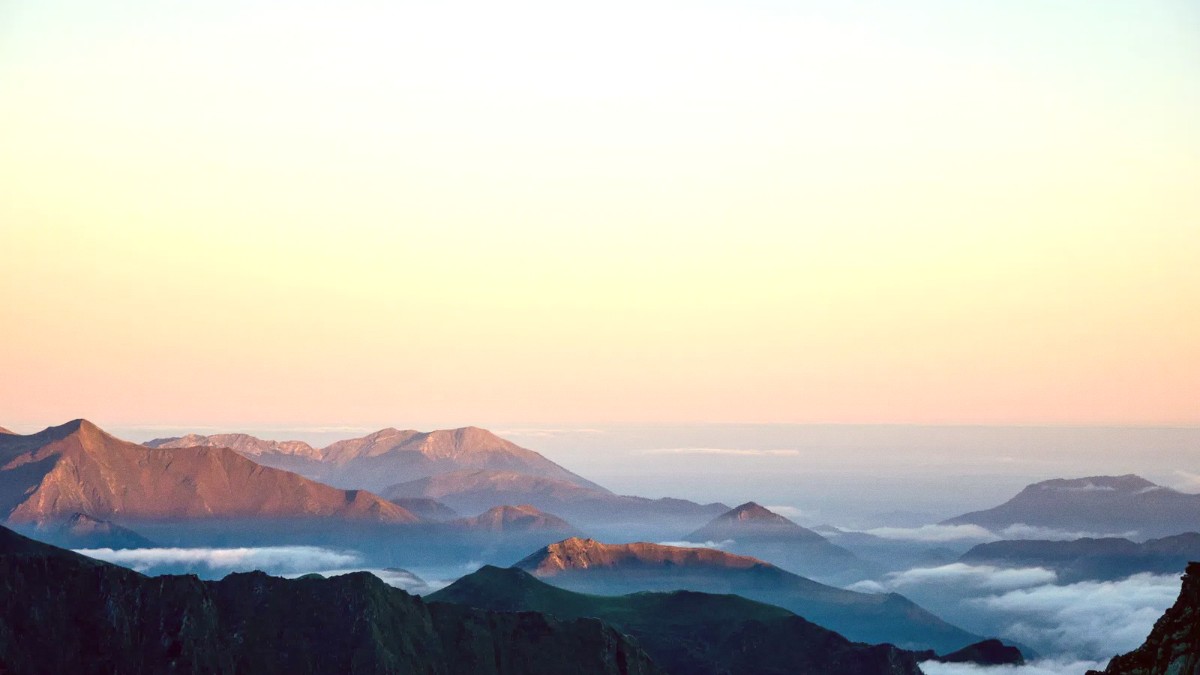
Eastern Cuba, Cuba
These sites are testaments to Santiago de Cuba's rich history and cultural significance. Each location tells a story of Cuba's past.
Plan your visits with attention to opening hours and any local customs for a fulfilling experience.
These sites offer deep insights into Santiago's layered history and natural splendor.
Most attractions see fewer visitors right after they open.
Many locals are at lunch, creating a brief pause in visitor numbers.
Seek out less obvious viewpoints or 'miradores' in upper parts of the city for sweeping perspectives.
Wander through residential areas like Tivolí for authentic street scenes away from main tourist flows.
Explore the Malecón or smaller piers along the bay for quiet views of the harbor activity.
Santiago's museums preserve its past and showcase its rich cultural heritage. Each institution offers a different window into Cuban life.
One of Cuba's oldest and most varied museums, established by the Bacardí rum family. Collections span art, history, and natural science.
Focuses on the 1953 attack and the early days of the Cuban Revolution. Contains historical documents, photographs, and artifacts from this pivotal event.
The birthplace of Antonio Maceo, a figure in Cuba's independence wars. Now a museum dedicated to his life and the struggle for independence.
Details the underground struggle against the Batista regime in Santiago. Its location offers a sense of the clandestine operations.
Focuses on colonial household artifacts and architecture, offering insights into 16th-century life in Cuba.
Located within the Cathedral, it houses religious art and artifacts, a different cultural perspective.
Formal galleries are limited. Some cultural centers or hotel lobbies may display local art, a chance to see contemporary Cuban works.
Casa de la Trova: Renowned for traditional Cuban music (Son, Trova). Live music plays throughout the day and evening. Casa del Caribe: Often events, workshops, traditional music/dance.
Teatro Heredia: A large theater hosting concerts, ballets, and theatrical performances. Check local listings for shows during your visit.
Stay informed about cultural happenings. Ask your casa owner or consult local listings for unique events.
Santiago de Cuba stands steeped in history, with sites that tell compelling stories of revolution and colonial times. These locations offer a profound connection to Cuba's past.
Walk through centuries of events and movements that shaped the nation.
Santiago presents significant religious landmarks.
Sites dedicated to significant events and historical figures.
Explore sites tied to Santiago's economic and defensive history.
While Santiago is steeped in history, no major archaeological sites or ruins are directly within the city center.
Beyond its urban core, Santiago de Cuba presents access to beautiful natural landscapes. These areas offer a peaceful contrast to the city's lively rhythm.
Parque Céspedes (urban green space), Parque Zoológico de Santiago de Cuba (small zoo), Jardín de los Helechos (Fern Garden - botanical, peaceful escape). These spaces offer relaxation and a touch of nature within or near the city.
La Gran Piedra (The Great Stone): Massive volcanic rock, UNESCO Biosphere Reserve. Hike to the top for panoramic views of Sierra Maestra mountains and Caribbean Sea. El Morro Castle: Stunning views of Santiago Bay and the Caribbean, especially at sunset.
Wildlife viewing areas: Limited direct opportunities. La Gran Piedra and Baconao Park offer birdwatching and local flora observation. Geological features: La Gran Piedra is an unique natural monument.
Playa Siboney is the closest beach, about 20 km east, popular with locals. Playa Daiquirí, further east, shows more development and some facilities.
Boat trips on Santiago de Cuba Bay are available, presenting different city perspectives. Options include sunset cruises or short trips to Cayo Granma, a small fishing village.
Direct options from Santiago city are limited. Some resorts near Playa Daiquirí or Siboney may arrange basic snorkeling or diving excursions. Inquire locally.
The coastal road east of Santiago reveals small coves and quieter stretches of beach, perfect for relaxed discovery.
While no large lakes or major rivers within Santiago's urban area, the surrounding countryside has smaller waterways worth exploring for local charm.
Venture beyond the main tourist circuit to uncover Santiago's lesser-known treasures, offering an unique local perspective.
Discover places popular with Santiago residents and unique regional experiences.
For tickets and tours to major attractions and unique experiences, consider using online platforms like GetYourGuide.
This allows for advance booking and secures your spot, especially during peak seasons.
A well-planned itinerary maximizes your time in Santiago de Cuba. Prioritize your interests, whether historical sites, cultural experiences, or natural escapes.
Immerse yourself in the heart of Santiago's history.
Venture beyond the center for unique insights.
Discover Santiago's natural beauty and panoramic vistas.
This day requires transport, consider a taxi or tour.
For longer visits, expand your exploration.
These trips reveal more of eastern Cuba's unique appeal.
Santiago offers a flexible experience. Adjust your schedule to local rhythms and unexpected opportunities.
Some of the best discoveries are unplanned.
Consider platforms like GetYourGuide for pre-booking city tours or excursions to sites like El Morro Castle.
At major sites, local, government-licensed guides are usually available. Negotiate their fees upfront.
Some smaller museums or cultural houses may have variable opening hours. Confirm locally if possible.